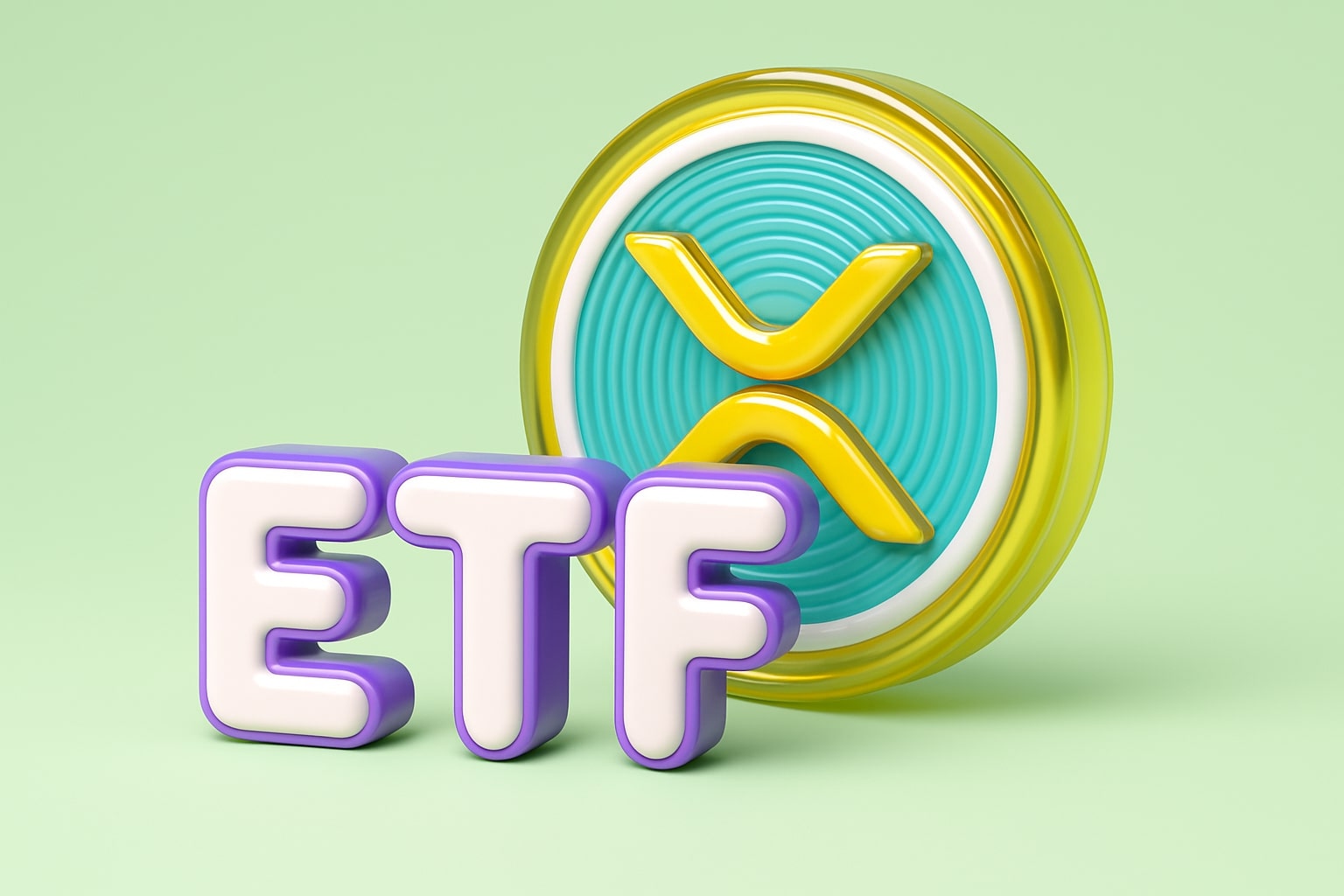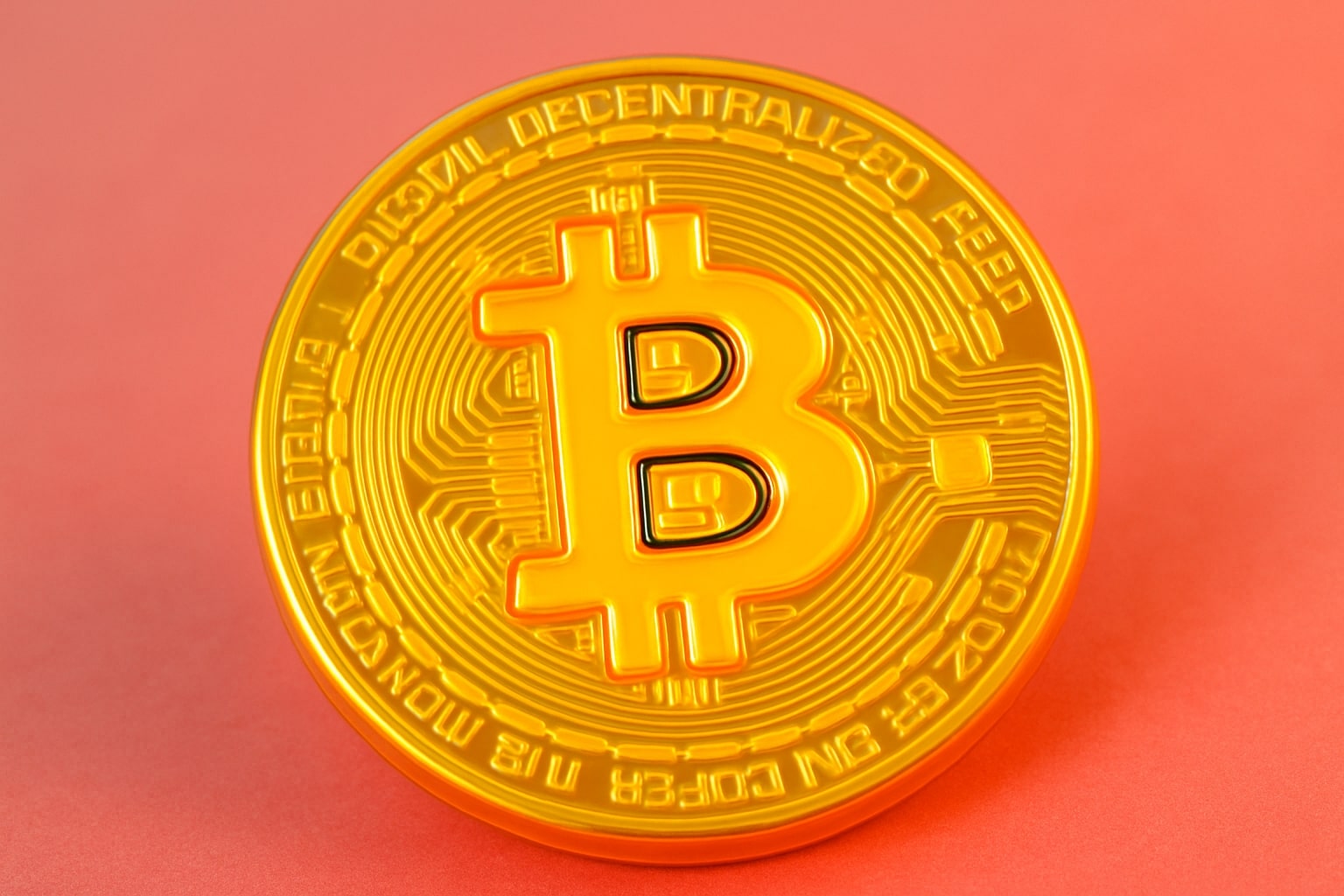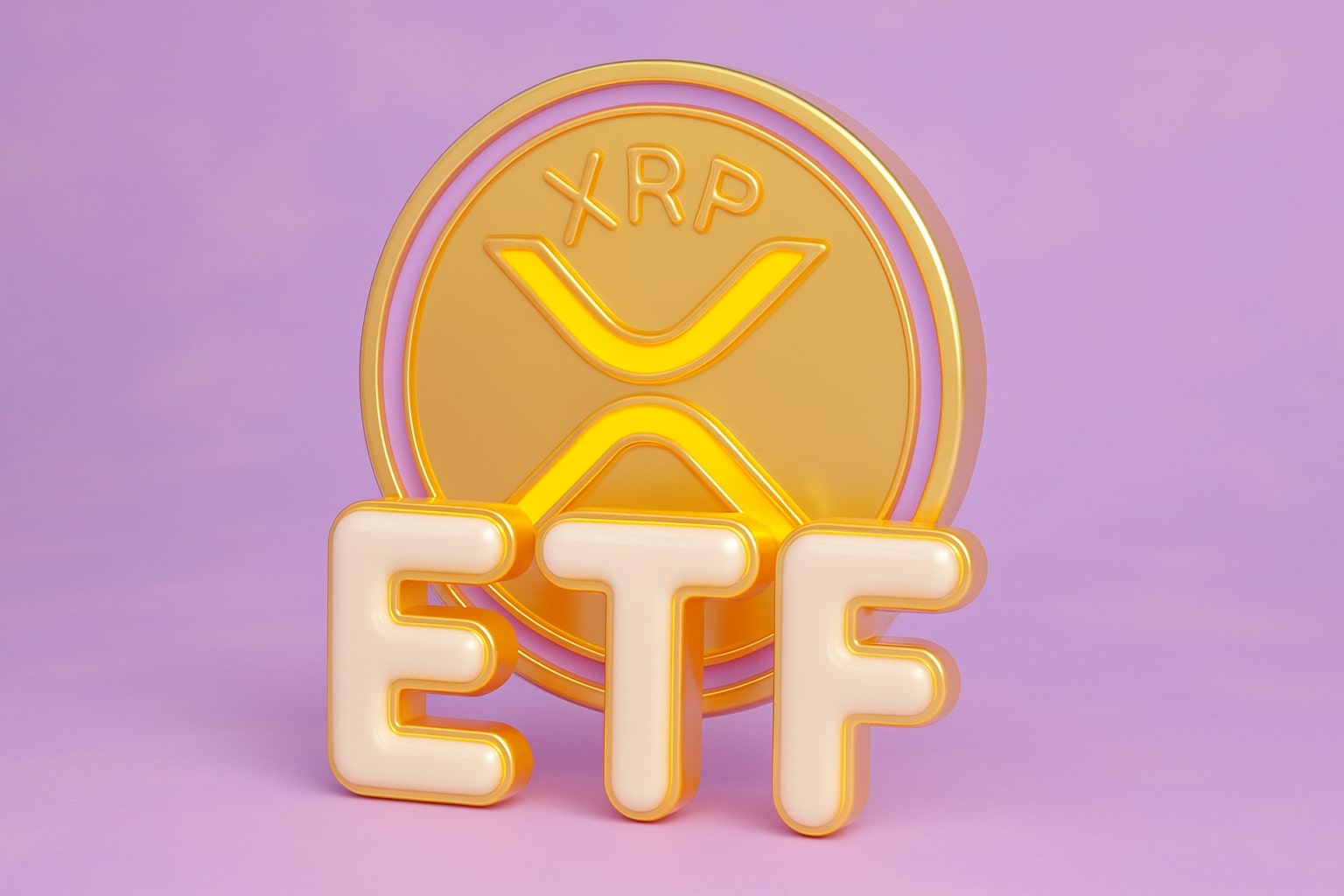Ripple’s XRP ETF Race Intensifies: Prices, Tickers, Flows, and the SEC’s Fast-Track — What It Means for XRP-USD and Live ETFs XRPR, XRPI
Market Snapshot: XRP-USD, XRPR, XRPI and Where They Trade Right Now
XRP-USD is trading around $2.62–$2.63 on the day with a 24-hour gain near 3% while broader crypto rebounds alongside Bitcoin at roughly $115,295. REX-Osprey™ XRP ETF (XRPR) is printing $21.60, down 2.13% intraday after a session low of $21.13 and a 52-week range of $21.13–$25.99, on volume of 452,313 shares against an average of 476,258. XRP ETF (XRPI) last trades $15.61, off 2.56%, with a day range of $15.30–$15.75, net assets of $198.82 million, and an expense ratio listed at 0.94%, while reporting a NAV of $16.70. The tape says the cash market for XRP-USD is firming after last week’s flash crash, but the listed XRP proxies XRPR and XRPI are still digesting volatility with spot-to-NAV gaps that short-term traders will watch closely as flows normalize.
Regulatory Catalyst Check: Why October Matters for Spot XRP ETFs and How the SEC’s New Playbook Changes the Clock
The near-term calendar matters because multiple spot XRP ETF S-1 amendments are sitting with the SEC right now across issuers including 21Shares, Bitwise, WisdomTree, Grayscale, Canary Capital and Franklin Templeton. The timing is pivotal not because XRP lacks benchmarks or custody rails, but because of capacity at the Commission amid the U.S. government shutdown that has left non-urgent processing slow. The shift to generic crypto ETF listing standards is the structural game changer. By green-lighting exchange listing rules that no longer require 19b-4, the SEC has effectively moved from a hard 240-day window to a framework where finalized S-1s and an exchange’s generic standards can compress the path to market toward roughly 60–75 days in clean cases. The practical takeaway for XRP-USD is that document quality, surveillance-sharing language, and custody specificity matter more than the date on a calendar; that’s why you saw fresh S-1/A filings in October detailing cold storage with a qualified custodian, benchmark usage via the CME CF XRP-Dollar Reference Rate, and creation/redemption mechanics in either cash or XRP.
Flows and Positioning: From Record Crypto ETF Inflows to XRP’s Derivatives Lead Indicators
Crypto ETPs just printed blockbuster weeks this month, with aggregate inflows topping multiple billions as U.S. Bitcoin spot ETFs alone added roughly $2.7 billion over five days while Ethereum spot ETFs pulled in ~$0.49 billion. That backdrop matters for XRP because it demonstrates a switch that has flipped on the buy side: institutional mandates that previously treated digital assets as off-limits are now expressing exposure via exchange-listed funds. XRP’s own lead indicators are noisy but constructive. CME-linked XRP futures surged to a reported $1 billion in open interest faster than any prior contract milestone for the asset, with four-month traded volume near $18 billion and notional turnover approximating 6 billion XRP or about 6% of circulating supply when annualized. That combination—high open interest and rising spot market depth—creates the conditions for significant primary market creation activity the day a spot XRP ETF goes live. Translating that to the tickers on screen: day-one primary market demand would tighten XRPR and XRPI discounts or premiums versus their indicative values and could pull the shares toward NAV as authorized participants step in to arbitrage.
Product Architecture: What the S-1s Say About Benchmarks, Custody, Leverage and Investor Protections
The filings share a common spine. Benchmarking references the CME CF XRP-Dollar Reference Rate (XRPUSD_NY), an institutionally recognized index with defined calculation windows and constituent venue standards. Custody is explicitly cold storage, with names like Coinbase Custody Trust Company appearing as the qualified custodian, and that matters for operational risk because insurance, segregation, and SOC-audited controls directly inform auditor sign-offs and AP confidence. The proposed spot products are passive, unlevered, and non-derivative; creations and redemptions occur in cash or in-kind XRP depending on the program, with surveillance-sharing arrangements between listing exchanges and major crypto venues to address market integrity. Notably, these trusts are not Investment Company Act of 1940 funds and carry disclosures on the absence of ’40 Act protections and FDIC insurance. For live futures-based exposure, XRPI states a focus on CFTC-regulated XRP futures contracts plus collateral such as cash and high-quality securities. That’s the fundamental difference right now between the live tickers and the proposed spot trusts: basis risk. A futures sleeve like XRPI may deviate from XRP-USD because of roll yield and term structure, whereas a spot trust would hold the underlying XRP and track closer, minus sponsor fees.
Tape-Level Detail: XRPR and XRPI Price Action, Liquidity and Basis in a Volatile Week
Watch the microstructure. XRPR is trading $21.60 with a $21.13–$21.70 intraday range and visible two-sided interest at $21.64 x 800 and $21.67 x 800 on the book. The proximity to its 52-week floor at $21.13 invites mean-reversion interest if XRP-USD holds above $2.60 and pushes toward the round $3.00 mark that technicians cite as neckline resistance. XRPI at $15.61 against a $12.69–$23.53 one-year range and an expense ratio of 0.94% presents a different profile: it carries futures basis and a reported NAV of $16.70, implying a live discount of roughly 6.5% in this snapshot. When volatility compresses and futures spreads normalize, those discounts often shrink as authorized participants deploy creations to monetize the gap. For longer-horizon allocators, the message is straightforward. If you are holding XRPI for access now, understand that roll cost and tracking difference can be material in stressed weeks; if your intent is eventual conversion into a spot exposure once the SEC clears a trust, you’re making a timing wager that the launch happens inside your holding period and that basis costs before then don’t outweigh the convenience premium.
Issuer Behavior as Signaling: The Closest Thing to “Insider” Read-Through You’ll Get in an ETF Launch Process
Traditional insider transactions don’t exist for ETFs the way they do for operating companies, but issuer actions can function as signaling. Two things stand out. First, the wave of S-1/A amendments filed in October with detailed upgrades to custody language, AP mechanics, and surveillance-sharing suggests issuers believe the comment cycle is in its final innings. Second, withdrawals of prior 19b-4s following the SEC’s approval of generic listing standards are not bearish—they reflect that those filings became functionally obsolete under the new regime. In plain English, sponsors are spending legal dollars now because they expect to list, not because they are walking away. That sponsor conviction matters for XRP-USD sentiment and for the live proxies XRPR and XRPI, because it anchors the probability that a true spot vehicle will exist in the foreseeable future.
Scenario Analysis: How Much Money and What Price Path If Spot Approval Lands
Model the flows with conservative and aggressive cases. The conservative wall-street-desk case pencils $4–$8 billion in first-year net inflows across U.S. spot XRP ETFs if approved, anchored to Bitcoin and Ethereum analogs scaled by XRP’s market cap and institutional readiness. The aggressive crypto-native view sketches $10–$20 billion in year-one demand citing the CME open-interest ramp and record trading turnover as a leading indicator. Across either case, day-one secondary volumes could be robust with spreads tightening quickly as APs arbitrage. On price, the cash market reaction for XRP-USD clusters around stepped resistance zones. The first shelf is $2.95–$3.10, which, if cleared on expanding volume, opens a run toward $4.00–$4.50 where historical supply re-emerges. Multiple simultaneous approvals, especially if the SEC’s queue unclogs after shutdown resolution, set up a path toward $4–$6 into year-end scenarios, with upper-bound outcomes toward $8 requiring both macro risk appetite and a second wave of allocations from pensions and 401(k) platforms upstreamed through brokerage menus.
Risk Tape: What Can Go Wrong Before the Bell Rings and After
Three risks deserve top billing and they all show up in prices like $21.60 on XRPR and $15.61 on XRPI. First is policy risk: if the shutdown persists or priorities shift, processing S-1s slows and the calendar slips, prolonging the period where listed proxies are futures-based or synthetic and therefore carry basis volatility. Second is market-structure stress: last week’s flush eliminated more than $20 billion in crypto derivatives open interest across majors, and while XRP-USD bounced to the $2.60s, any renewed deleverage episode can re-widen ETF discounts. Third is tracking and fee drag: for XRPI, the 0.94% expense ratio and futures roll can produce tracking shortfalls relative to spot XRP-USD; for spot trusts, sponsor fees will matter but are typically lower than futures roll in contango regimes.
Portfolio Construction: How to Use XRPR, XRPI and Spot XRP Together Once the Dust Settles
Allocators have three levers. The first lever is immediate liquidity via XRPR or XRPI when you need listed market access today, aware of basis and discount dynamics that can create opportunities for nimble traders. The second lever is direct XRP-USD custody for those who can hold the asset and want to avoid roll or sponsor fees while accepting operational overhead. The third lever is the coming spot XRP trusts that are designed to minimize basis risk while keeping brokerage convenience; for fee-sensitive mandates, the sponsor fee level will dictate relative appeal. A practical expression is a barbell that uses a small tactical sleeve in XRPR/XRPI to capture interim beta while a core target weight is reserved for the first spot ETF that lists at a competitive fee and demonstrates tight tracking versus the CME CF XRP benchmark over its first few weeks.
Verdict on Ripple Exposure via ETFs: Buy, Sell, or Hold
Given XRP-USD stabilizing near $2.62–$2.63, live proxies XRPR $21.60 (-2.13%) and XRPI $15.61 (-2.56%) trading at observable discounts to indicative value, the acceleration in crypto ETP inflows across Bitcoin and Ethereum this month, and an SEC framework that has materially lowered the procedural hurdles for spot crypto listings, the call is Buy for investors targeting a three- to six-month catalyst window tied to spot XRP ETF approvals. The buy case is contingent on continued improvement in market breadth and no adverse regulatory shock; if the shutdown drags or macro risk sells off, expect deeper discounts and use that to build positions rather than chase rallies. Traders should watch NAV spreads on XRPI versus its $16.70 reported NAV and monitor XRPR against its 52-week floor at $21.13; narrowing discounts and sustained closes above those pivot levels would confirm that primary market support is returning. Long-only allocators waiting for pure spot exposure can begin with a starter allocation in XRPI/XRPR sized to tolerate basis, with the intention to rotate into the first approved spot XRP trust once it prints several sessions of tight tracking against the CME CF XRPUSD_NY rate and sets its sponsor fee in a competitive band.
Key Events to Watch Next and Price Levels That Matter
Watch for SEC acknowledgment letters on amended S-1s, exchange notices invoking the generic listing standards, and custody attestations from the chosen trustee. On the tape, the near-term price gates are XRP-USD $2.95–$3.10 as the breakout band and $2.50–$2.60 as high-importance support; for the ETFs, watch XRPR reclaiming $22.50–$23.00 on rising volume and XRPI grinding toward its $16.70 NAV with daily premiums moving toward flat. If approvals hit, expect spreads to compress quickly and creations to accelerate within the first week, with notional day-one trading in the billions if Bitcoin and Ethereum flows are any template.
That's TradingNEWS



















